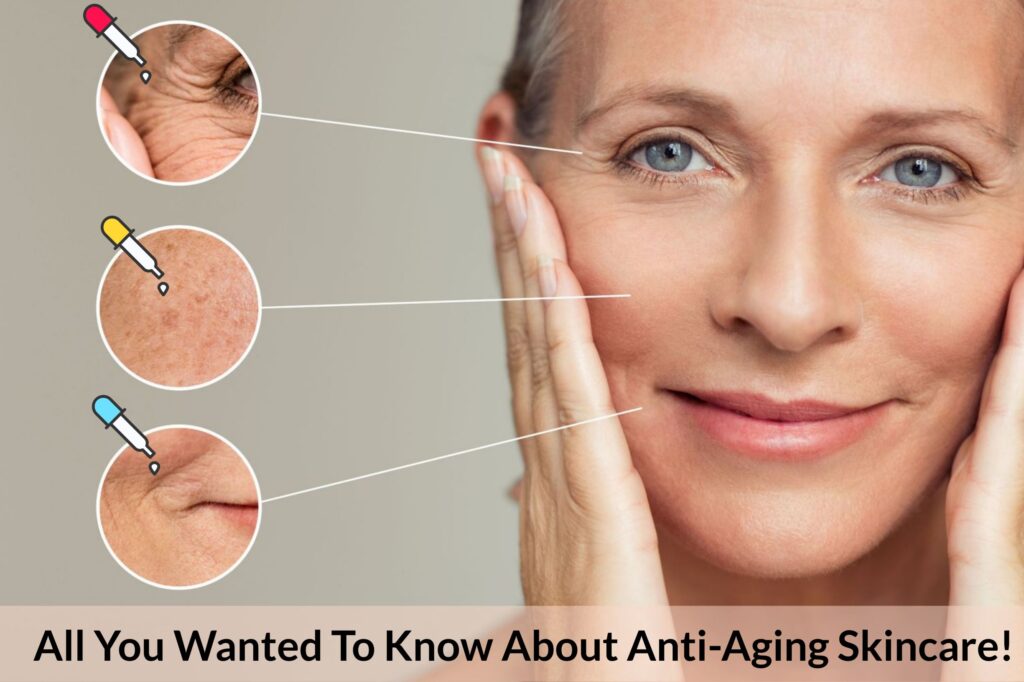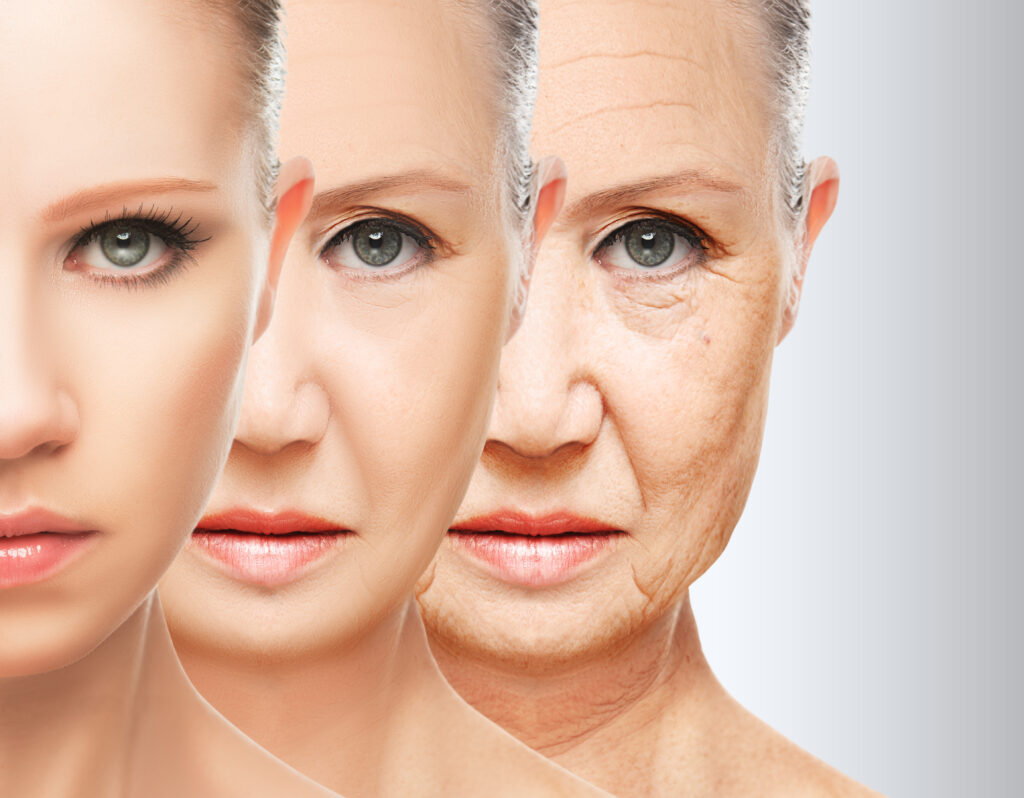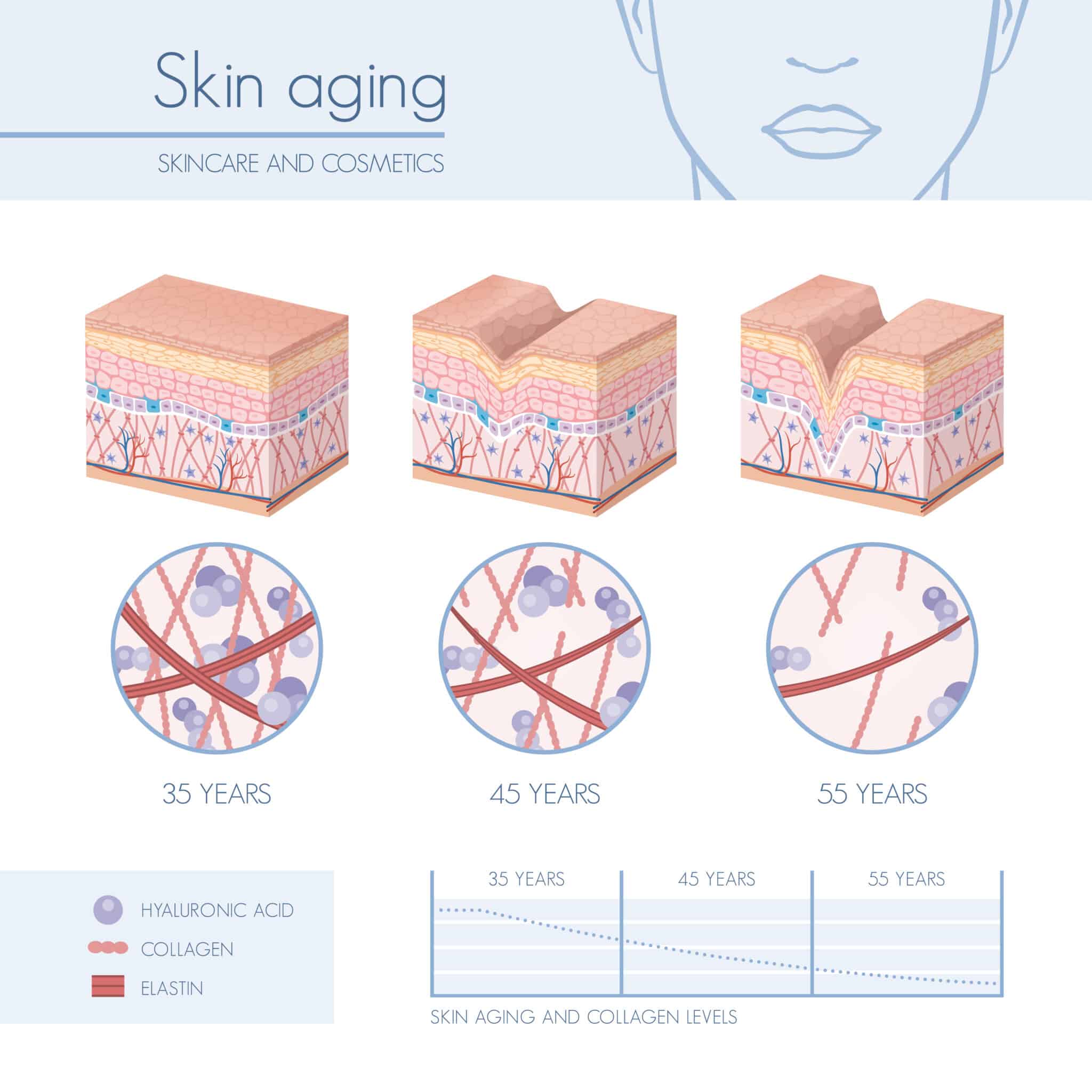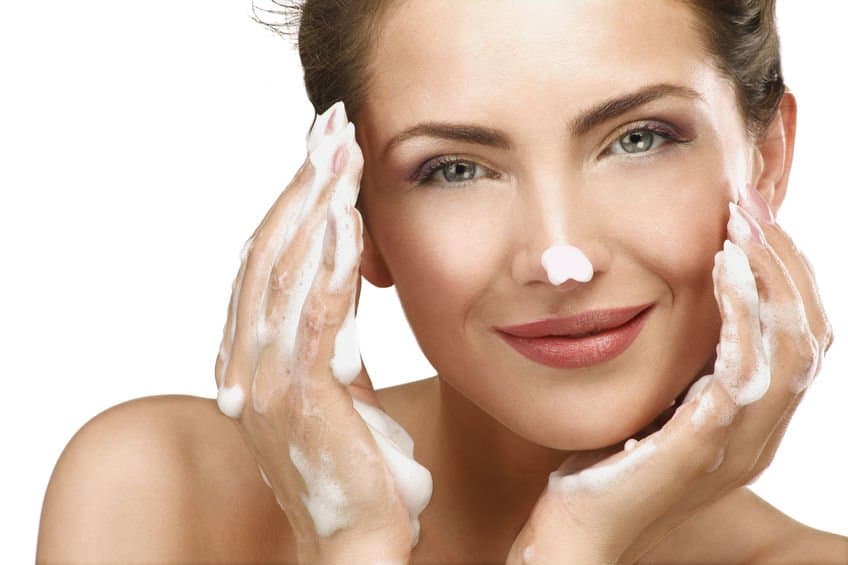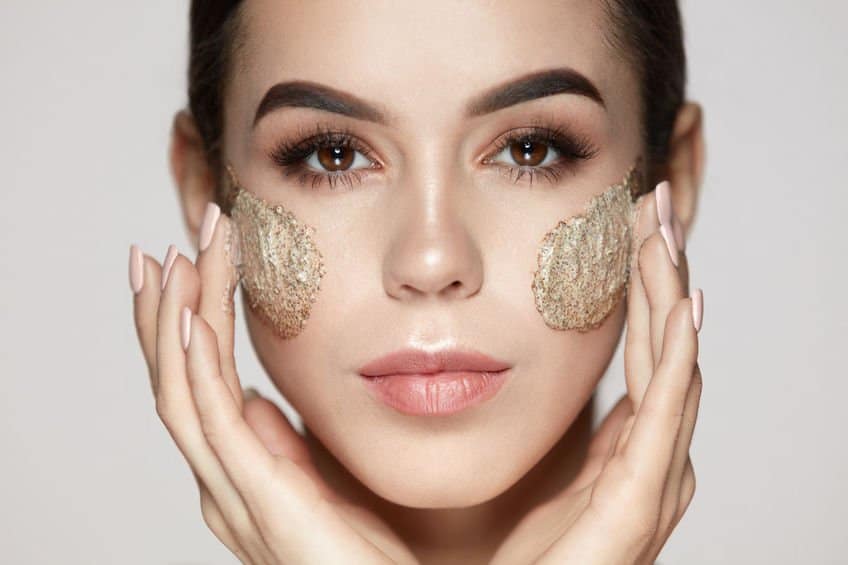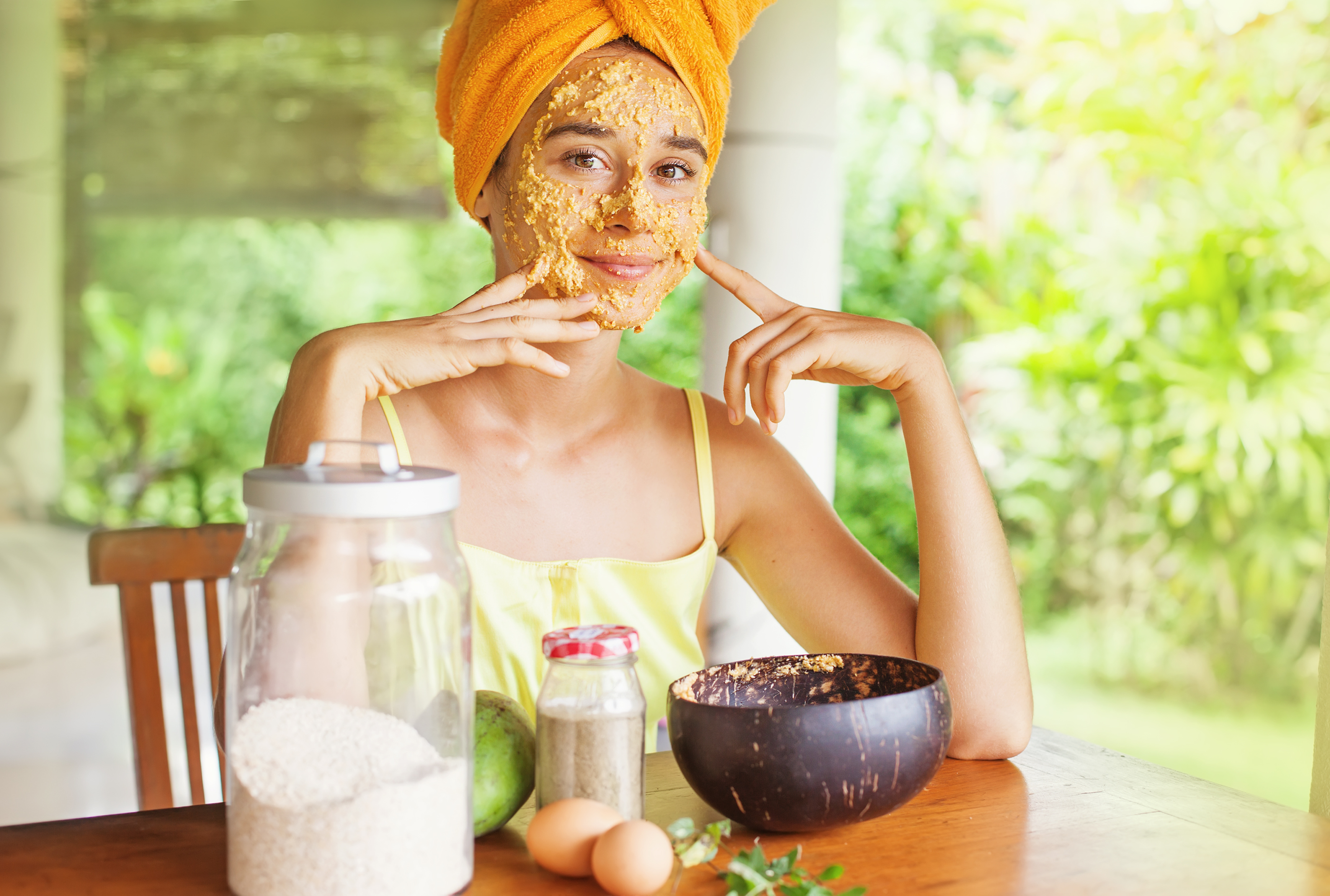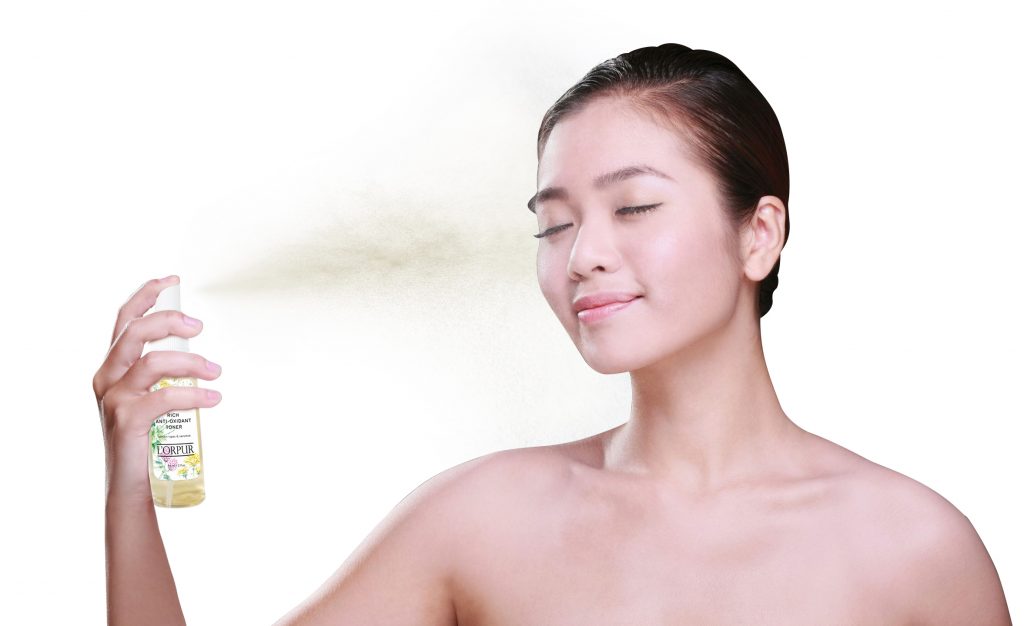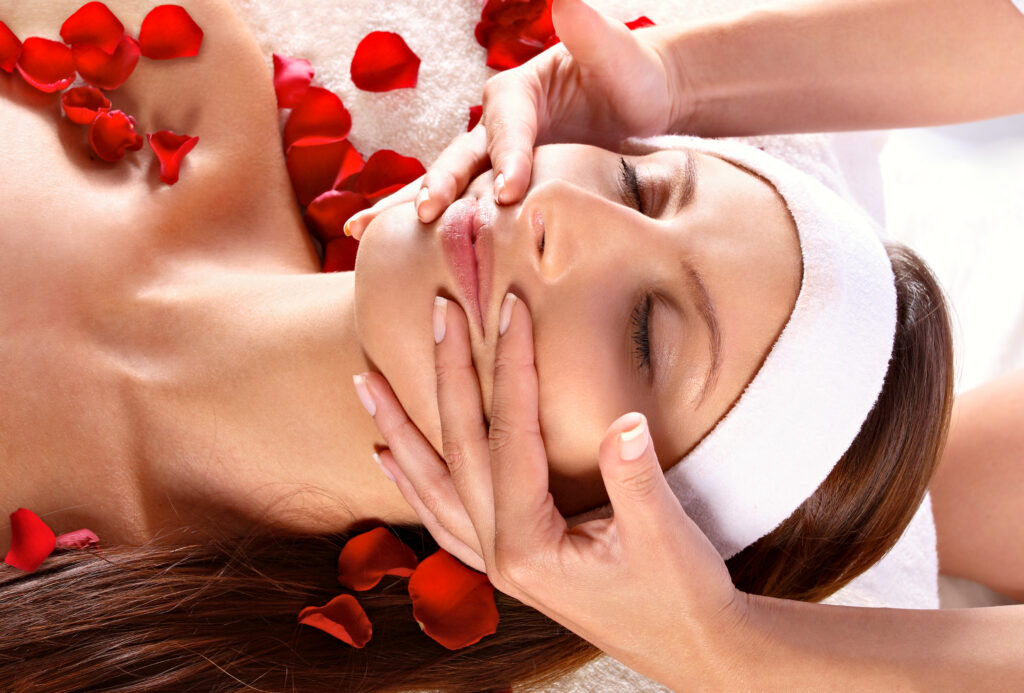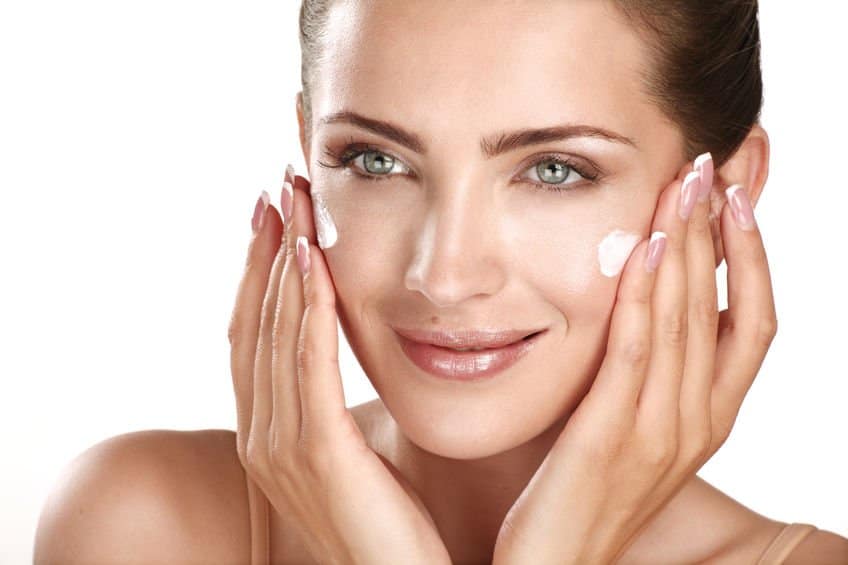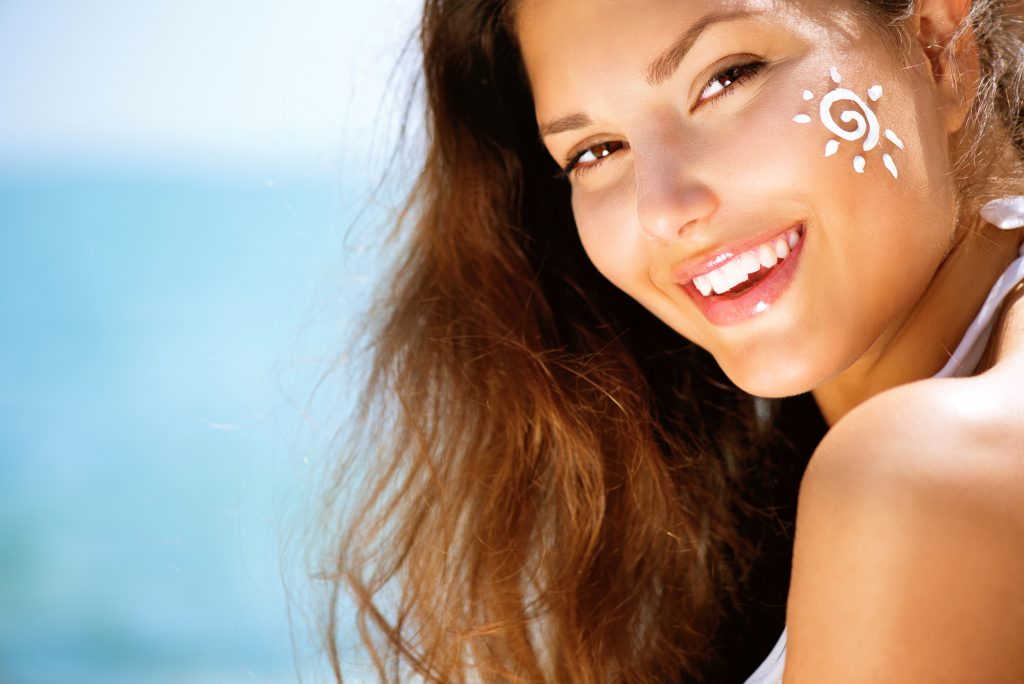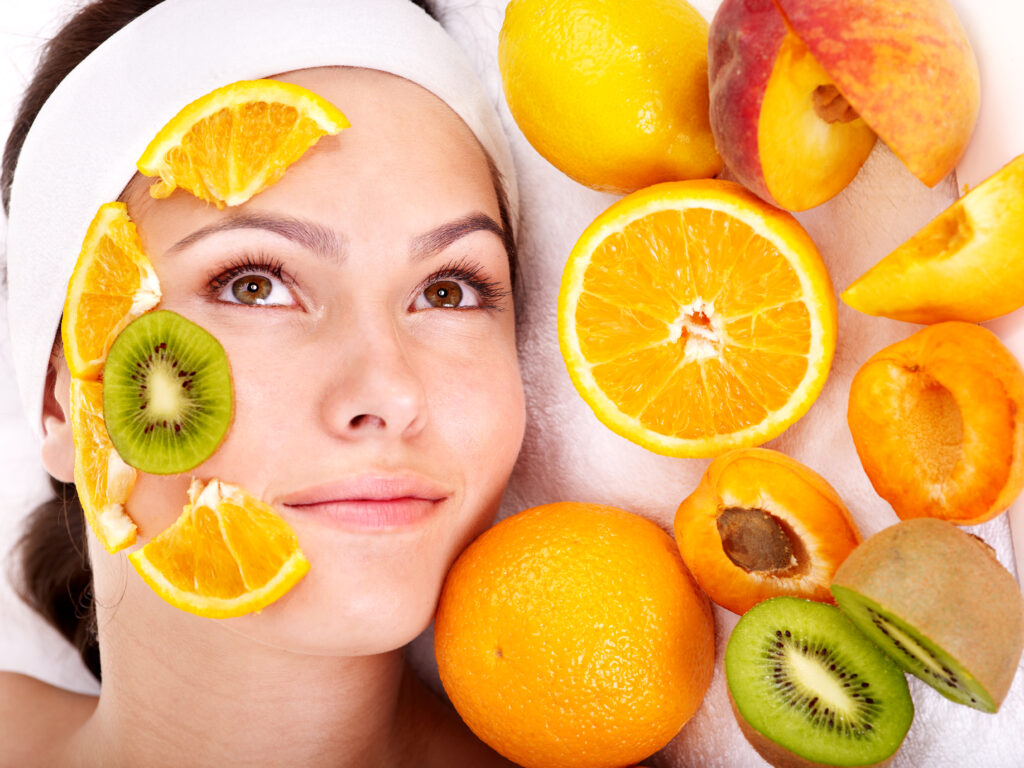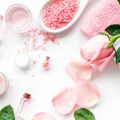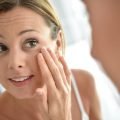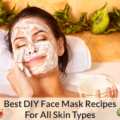While scouring through the pages of Elle, I made a perplexing discovery. If Google’s search data is anything to go by, interest in anti-aging skincare is on the wane.
Apparently, unlike their baby boomer parents, millennials are all about instant gratification. Well, with the selfie culture on the rise, youngsters average more pictures per day than what their parents did per year. So, it is not shocking to know that they are more worried about right now and right here than tomorrow.
Hence the rise in searches for terms like quick acne treatment and a significant increase in the sales of face masks, which promise quick and instant results. But the question remains, if we are less worried about how our skin looks in the future, have we become more accepting of skin aging?
Should we just accept that one day our skin will simply sag down to our feet and there is nothing to be done about it?
These days, we do have older models rocking the fashion circuit, and I personally believe that they not only look utterly fabulous but are also very positive role models for us all.
However, millenials are not inspired by them to accept the eventuality of aging. It is the whole idea of curing an undeniably untreatable condition and one that can only be called “the natural progression of life” that is rankling feathers.
Why only millenials? A lot of baby boomers, who happen to be savvy shoppers, are also turning away from the idea of anti-aging. Unfortunately, when you shun this concept, you are essentially throwing away the baby with the bath water.
Yet, some hope remains! Along with a rise in search for quick fixes for skin problems, more people are also looking up preventative products like sunscreen. Now here is the ironic bit, anybody who turns away from the idea of anti-aging is essentially saying no to preventative skincare!
A buck’s worth of prevention better than a million’s worth of treatment!
Yes folks that is what anti-aging skincare is all about! It is about preventing skin damage. This, I am sure, has made at least some of you stand up and ask two questions. The first- When is it too soon for preventative skincare? The second- When is it too late for preventative skincare?
Well there is no right time for anti-aging skincare. What I am saying is that it is never too late and never too early.
As soon as you are out of your teen years, the process of skin aging starts as you lose about 1% of your collagen and elastic production as well as your skin thickness every year.
These figures should explain why you end up sporting significant wrinkles, skin sagging and other signs of skin aging by the time you are in your fifties.
Just tell me if all of this can be prevented or not!
There is no straight, “yes or no” answer to this question. To understand what and how much you can do to prevent skin aging, you need to understand a few things about how skin damage that we all know as signs of aging occurs. There are two factors to skin aging:
Intrinsic: As you may have guessed from the term, this refers to internal chronological factors that lead to skin aging and are genetically influenced.
Simply put, this is inevitable skin damage that comes with age, as your body’s ability to absorb nutrition and heal itself diminishes. But, it is seldom the only cause of trouble. If only intrinsic factors were to cause skin aging, you would see the first few fine lines on your face a day before your sixtieth birthday.
Extrinsic: These are external factors that not only add momentum to intrinsic skin aging but also cause a lot of damage on their own and well before time.
In fact, 90% of what you think of skin aging is attributed to these external factors. Fortunately, extrinsic aging is largely retractable, particularly if brought to its heels in time.
What exactly goes on underneath the surface as your skin ages?
I am not going to waste your time by talking about the overt symptoms of skin aging like wrinkles, loss of skin tone, dullness, sagging and others. That is just the outward damage. The real trouble lurks under the surface as these really bad things happen:
- Your skin loses the ability to retain moisture.
- There is a drastic reduction in collagen and elastin synthesis.
- The sebum producing glands slow down.
- There is a fall in the amount of blood flow and hence nutrients delivered to the cells.
- Energy production slows down making less energy available for cellular and above all DNA repair.
- Ability of the immune system to protect the skin diminishes.
- Cellular regeneration rates also take a hit.
So, what causes all this trouble?
The free radical theory is the most widely accepted explanation of extrinsic skin aging.
Moreover, experts unanimously agree that photo damage is the leading cause of skin troubles that eventually show up in the form of aging.
Before, I delve deeper into this, let me tell you what gives your skin the youthful glow, perkiness and smoothness when you are young.
You may have already heard about collagen and elastin. These are connective tissues that support the dermal layers and give them their elastic ability.
So the smoothness and tightness of youthful skin are both attributed to these two. The glow comes courtesy of your body’s natural humectant – hyaluronic acid. Yes, that stuff is natural!
Now, when sunlight and free radicals hit the skin they cause chronic inflammation and in response to any kind of inflammation, whether acute as in the case of an injury or chronic, your body releases certain enzymes. These are called Matrix Metallo Proteinases or MMP’s.
I am going to tell you more about MMP’s and how and why they matter to you, but a little backstory first. Inflammation means tissue damage and your body knows only one way to deal with damaged tissue.
Since it’s a weak link, it has to be taken out. So, your body sends in these assassins (read MMPs) to get rid of the damaged tissue. These enzymes literally chew away at the tissue, dissolving the damaged bits. Although your body has access to 30 such assassins, our concern is with 3 of these tissue destroying enzymes:
- Elastinase
- Collagenase
- Hyaluronidase
Do these names ring a bell? Yes, I am referring to the MMP’s that wreak havoc on elastin, collagen and hyaluronic acid. So, what happens when these enzymes get to work?
- Collagenase destroys collagen= Less support for your skin and more sagging.
- Elastinase chews up elastin= Less elasticity in the dermal layers means deeper wrinkles and more fine lines.
- Hyaluronidase degrades hyaluronic acid= Less fluid availability for the dermal cells, which leads to faster cellular destruction and lower regeneration as the cells starve for nutrition.
To add to your skin’s woes, the synthesis of collagen and elastin begins to decrease naturally as you near your thirtieth birthday but MMP’s continue their onslaught unabated. In fact, in your third decade, they start doing so even when there is no inflammation involved in the equation.
Fortunately, your body also has a brigade of police officers to keep these assassins in check. These are called Tissue inhibitors of MMPs or TIMP’s. These are secreted along with MMPs to keep the latter from going overboard with their destructive abilities.
But as you age, the synthesis of TIMPs also takes a hit, leading to a net increase in MMPs, which causes faster degradation of collagen, elastin and hyaluronic acid and consequently skin aging.
Is there a way to stop this destructive cycle?
You bet!
Go to the beginning of this story, and you will realize that sun exposure and free radicals are the triggers that set this cycle in motion.
In other words, if you can stop these two factors or at least minimize their impact on the skin, you win more than half the battle.
The good news is that there are a number of skincare processes and ingredients that help in annulling or at least minimizing the detrimental effect of sun exposure and oxidative stress.
If you want to stop skin aging, you can’t skip these skincare steps!
1. Cleansing at the end of the day
You know how everybody keeps harping about the importance of taking off your makeup before heading to bed?
Well, what they don’t tell you is that keeping the stale makeup and grime on your face does more than just cause acne. The dirt triggers a chronic inflammatory response and you know where that leads. So, even if you don’t go for a thorough cleansing in the morning, take the time out to work on your skin at the end of the day.
2. Exfoliation at regular intervals
Exfoliation removes the dead cells from the surface of the skin, thus signaling the need for faster and increased cellular regeneration. Plus, the removal of cellular debris means that any product you apply on the skin reaches the healthy cells and achieves greater dermal penetration as it should.
3. Antioxidant protection
These compounds, used in any form, quench the thirst of the reactive free radicals and annul their destructive potential in the process.
One thing to remember when it comes to antioxidants is that there is no “be all and end all” ingredient. In fact, you need as many antioxidants as you can get to offer all round protection to your skin.
4. Humectant support
When your body’s ability to make and retain its own brand of humectant has been compromised, the only sensible thing to do is to offer this support externally.
5. Massage
A gentle massage not only helps to increase blood follow to the dermal layers but also facilitates lymphatic drainage. Plus, it is somewhat helpful in giving the muscles that lie deep under the skin a brief workout.
6. Moisturization
An extremely important protective step that will prevent environmental factors from leeching fluids from the dermal cells, moisturization alone can take years off your face.
7. Sun protection
This is the one skincare step that will serve you for as long as you live. Young or old, man or woman, a sunscreen is vital. Remember the damage caused by sun exposure goes beyond elastin and collagen and reaches your DNA.
Skincare ingredients to prevent and halt skin aging
Nutrients
Enough has been said about the nutritional triad of vitamin A, C and E in my other articles for you to know just how important these three are in protecting and healing your skin.
I have also already spoken about niacinamide or vitamin B3 and vitamin K, while the former helps against inflammation the latter helps to prevent broken capillaries.
Minerals also play a role in the skincare equation, particularly selenium, which offers protection against free radicals and zinc, which strengthens cellular membranes, tames hyper sebum production and acne plus provides photo protection.
Antioxidants
There are a lot of antioxidants out there and your skin needs as many as it can get. Those that can make a profound difference include:
- Alpha lipoic acid, which has 100 times the antioxidant strength of vitamin C and E.
- DMAE, which fortifies the skin cells and annuls free radicals.
- Resveratrol or grape skin extract, which is a polyphenol that inhibits MMPs, neutralizes free radicals, controls dermal inflammation and increases the production of antioxidant enzymes in the body.
- Grape seed extract that is one of the most potent antioxidants available in nature.
- Ergothioneine, usually known as thiotaine, which is derived from mushrooms and helps to keep the mitochondria working in top gear.
- Coenzyme Q 10, also known as Ubiquinone, another potent antioxidant and cellular energizer.
- Idebenone, a more powerful form of COQ10.
- Licorice, which is an anti-inflammatory agent that has several times the free radical fighting power of vitamin C, plus the ability to erase hyperpigmentation.
- Essential oils or extracts of chamomile, arnica, calendula, basil, turmeric, cardamom, Echinacea, geranium, ginger, lavender, neem, sea buckthorn berry and frankincense.
- Herbs and botanical extracts/powders like those of burdock, clover, cornflower, feverfew, golden seal, gotu kola, moringa, purslane, horseradish, magnolia, mallow, milk thistle, meadowsweet, mugwort, passionflower, willow, St, John’s wort, ginseng and rosemary.
- Pomegranate fruit/peel extract, which contains ellagic acid among other polyphenols, is more effective than hydroquinone against age spots and fights off free radicals produced as a result of sun exposure.
- Sea algae extract, particularly that of chlorella, which helps to increase the secretion of all TIMPs.
- White tea extract, particularly epigallocatechin gallate, which is exceptionally effective in inhibiting both collagenase and elastinase.
- Green tea extract and kombucha tea, both offer antioxidant and anti-inflammatory benefits.
- Glucosamine HCL, which helps to improve fluid retention in the skin cells.
- Glutathione, which is a known antioxidant as well as a skin brightening agent.
- Arginine lysine, lysine, supplamine, carnosine and olive leaf extract, which prevent degradation of collagen and elastin due to glycation.
- Beta carotene, anthocynadins (carotenoids in general) and oligomeric proanthocyanidins, which are all powerful antioxidants with anti-inflammatory properties.
- Indirect antioxidants like superoxide dimutase, glutathione and catalase, which enhance the body’s ability to fight oxidative stress.
The more of these a product contains the better it will be for your skin. At the least, go for a formulation that has 3-4 of these in its ingredients list.
Humectants
I have spoken about humectants in previous articles, so I will keep this brief. In a nutshell, they grab on to moisture and make it available for the epidermal cells. Now, this moisture can come from the outside or inside.
When sourced internally, hyaluronic acid, a natural humectant, pulls out moisture from the dermal cells and makes it available to the epidermis, which creates an almost instant plumping effect.
This works fine when you are younger but on older/damaged skin, depleting the fluid reserves of the dermis can do more harm than good. So, always offer an external source of fluids in the form of a toner or hydrosol or make sure that the humectant containing product is an emulsion and has enough fluids to offer.
At this point, the most sought after humectant is hyaluronic acid (sodium hyaluronate), derived from both animal and plant based sources.
But, you can also get fantastic results from other humectants like honey, urea, squalene, aloe, sea weed gel, glycerin, hydrolyzed collagen and elastin, hydrolyzed protein, amino acids, sodium PCA, glucosamine, ceramides, colloidal oatmeal and AHA’s like glycolic and lactic acid.
Emollients and occlusives
Lipids not only fill the space in between the epidermal cells but also makeup 50% of the cellular membrane. So, whether you want to prevent the evaporation of fluids from the dermal cells due to external factors or keep your skin healthy, you will need to give it essential fatty acids.
Plant oils and butters have a stellar history of use in skincare that goes back several hundred years. Yet, they can cause breakouts and pore clogging if not chosen wisely.
As a thumb rule, pick light weight, non comedogenic and low viscosity oils for oily and problem prone skin, medium viscosity oils for normal and combination skin and thicker oils for dry skin.
Plants oils contain both Omega 3 and Omega 6 fatty acids, which play an important role in keeping dermal inflammation in check. Furthermore, their occlusive nature means free radicals don’t get a free pass to attack your skin cells.
In fact, some plant oils are rich sources of ceramides that seal micro cracks in the epidermis and prevent the transepidermal loss of water, which is the leading cause of skin dehydration and dryness.
Peptides
These are short chain amino acids; you can think of them as small molecules of protein that are made of 2-50 amino acids. These peptides play a crucial role in regulating the activity of other cells. In skincare, peptides are used for a variety of purposes such as:
- Signal peptides, which tell the body to boost collagen and elastin synthesis. All peptides which have names that start with “palmitoyl” are generally signal peptides (this is just a key to look for them).
Typically, you will see names like palmitoyl pentapeptide-4, palmitoyl oligopeptide, Matrixyl 3000 (which combines palmitoyl oligopeptide and palmitoyl tetrapeptide-7), palmitoyl tripeptide-38, palmitoyl tripeptide-5.
- Neuropeptides, which relax the muscles in the area of application. Call them your very own faux botox, if you will, because they work in pretty much the same way. But, the results are less dramatic, hence more natural and more preventative in nature.
So, you won’t have the constipated smile or frozen eyebrows that are so characteristic of botox. Neuropeptides are seldom a part of a general anti-aging formulation.
In fact, you will only find them in dedicated “peptide-only” concoctions. In the ingredients list, you will see neuropeptides as acetyl octapeptide-3, acetyl hexapeptide-3, acetyl hexapeptide-30, dipeptide diaminobutyroyl benzylamide diacetate or by their trade names inyline, argireline, SYN-AKE or SNAP-8.
- MMP inhibitor peptides, which keep MMPs in track and prevent them from wreaking havoc on your skin. An added advantage of using these peptides is that they also keep a check on enzymes that cause hyperpigmentation. These are listed as tripeptide-10, tripeptide-1 or trylagen.
- Carrier peptides, which help to transport nutrients deep within the dermal layers. Typically, these molecules carry essential minerals like copper and manganese. In fact copper peptide is one of the most sought after ingredients in skincare. In the ingredients list, you will find carrier peptides listed as copper PCA or GHK tripeptide.
Now, you may have noticed the numbers after the names of these peptides. These numbers are not a mark of how effective the peptide is, meaning don’t pick a product just because it contains a peptide with a high number after its name.
If you are serious about preventing premature skin damage and/or recovering from it, these are the ingredients that you should use.
On a parting note!
I am going to repeat myself here – There really is no right or wrong time to start using these ingredients and skincare techniques.
They will yield the desired results as long as you use them as suggested and diligently. However, you need to understand that regardless of how potent an ingredient is, any topical product takes at least a few weeks, if not more, to provide conspicuous results.
So, stick with a few chosen products and routine for a few months before shifting to something else.

